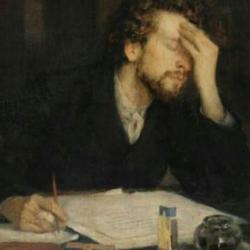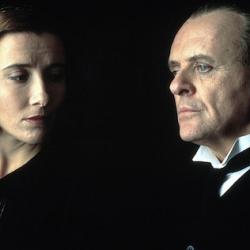Rousseau is not the only source of sentimentality in novels, the literature of sensibility. There are English resources, such as the free prayer tradition, which made spontaneity the test of sincerity.
But Rousseau is one of the sources of this stylistic strategy, and a source that Austen would likely have known. In a 1994 article on Austen and Rousseau, Paula Cohen writes,
“Rousseau’s influence on Austen must first be said to have been stylistic. The sentimental style popularized by Rousseau was the prevailing model for writers throughout the late eighteenth and early nineteenth century. Although Samuel Richardson may have introduced sentimentalism in the form of his characters’ refined sensitivity to virtue, Rousseau was the first to link the concept to stylistic and thematic conventions involving highly descriptive and effusive language, a preoccupation with natural landscape, and a nostalgic attitude toward past experience. Margharita Laski reports that Austen’s brother Henry edited a newspaper at Oxford in 1789-90 to which he contributed essays ‘in the sentimental school of Rousseau’ (30). The gothic and romance novelists of the period (Fanny Burney, Charlotte Lennox, Maria Edgeworth, and Ann Radcliffe in particular), all of whom Austen read and admired, were also followers of this school. But if Austen did an apprenticeship in the sentimental style, it is with a difference. Love and Freindship, Lesley Castle, Lady Susan, and most of the of juvenilia are parodies of sentimentalism and, as such, reflect Austen’s early dependence on the sentimental style while anticipating her ultimate rejection of it. By the time she wrote Northanger Abbey she had developed a distinctive style which was markedly unsentimental without being directly parodic of that style (though traces of her early satirical approach to sentimentalism still linger in the novel’s theme and in the rendering of Isabella Thorpe’s dialogue).”















